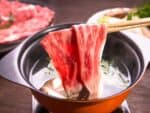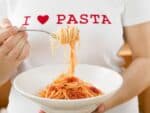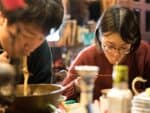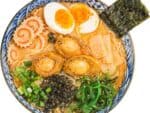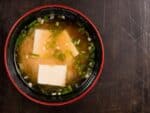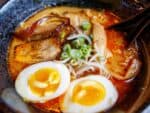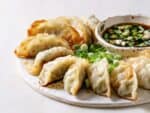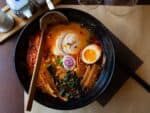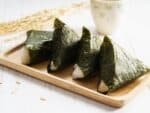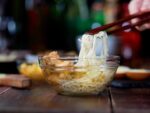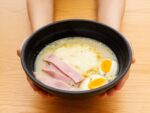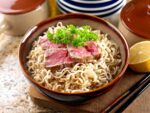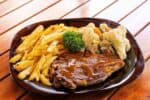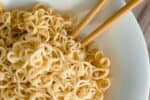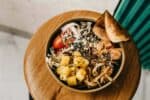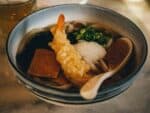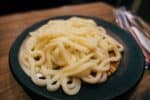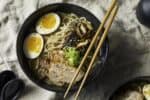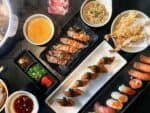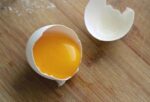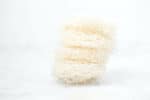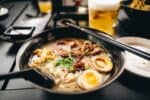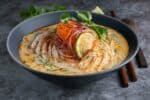If you are embarking on a keto journey, you have to be well prepared for what you can and can’t eat. Japanese food tends to be quite healthy so introducing more to your diet can be beneficial. If you’re a fan of udon noodles, it’s worth checking are they even keto-friendly?
No, udon noodles are not keto-friendly, they actually have a very high carb content. Udon noodles are a thick wheat noodle, which means it’s not going to be suitable for people aiming for ketosis. Even if you’ve entered nutritional ketosis and are introducing carbs back into your diet, it’s best to wait on udon noodles for a while.
Ramen or any noodle-based dish out of Japan is a delicious meal that’s made better with the inclusion of udon noodles. It’s unfortunately going to have to be one of the many things you give up during a keto diet.
How Many Carbs Are In Udon Noodles?
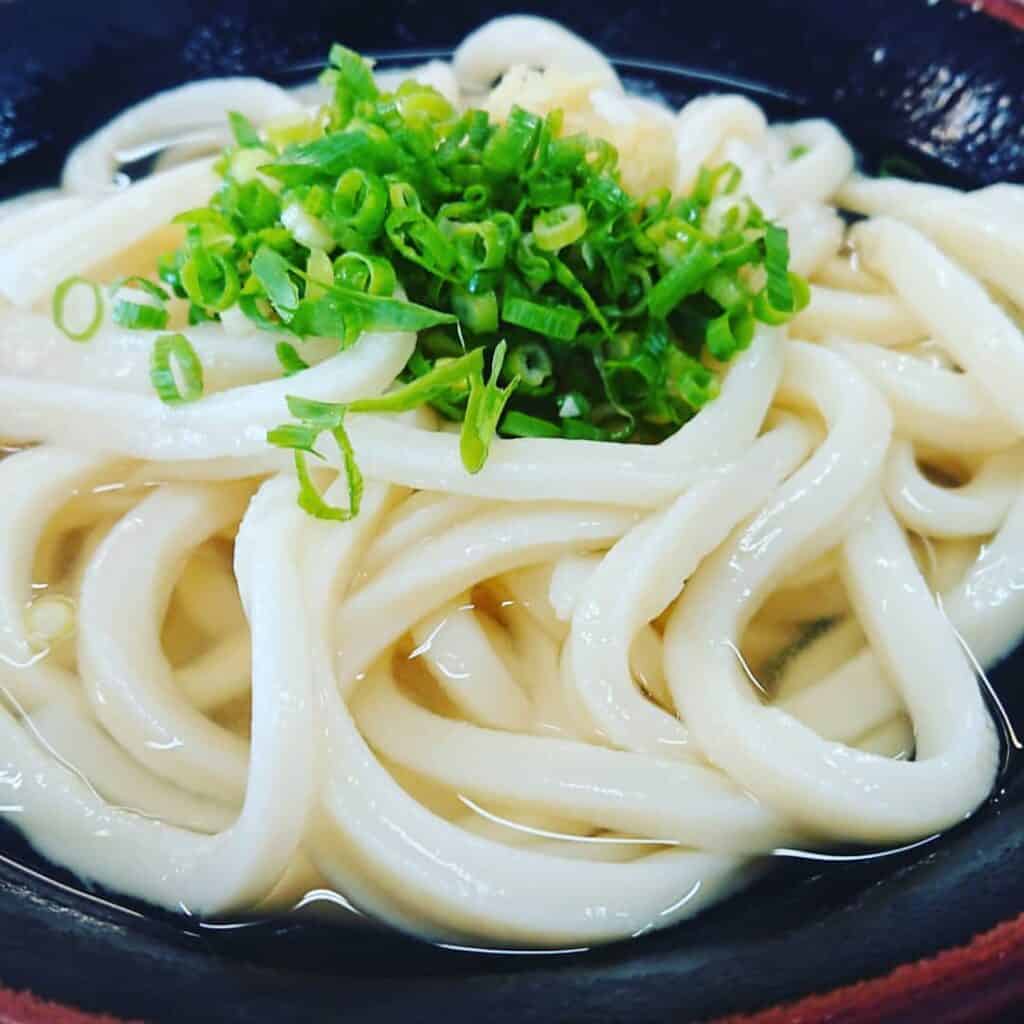

Udon noodles are known for being thick, wheat noodles, there’s no escaping that carbs play a significant role in udon’s macros. There can be between 40g-60g of carbs in udon noodles with carbs making up over 75% of the macros. There is a small percentage of fat and protein that make up the remainder of udon’s macros.
To enter ketosis you need to reduce your carb limit down to less than 50g a day. So if you were desperate to have udon noodles, you could enjoy half a portion. But that would mean you couldn’t have any more carbs for the rest of the day.
Reaching ketosis relies on the strict limitation of carbohydrates. Udon noodles contain a very high carb percentage that means it’s not worth trying to eat them. Keto isn’t meant to be a long-term diet so before long you can introduce udon noodles back into your diet.
If you are trying to reach ketosis, it’s probably best to steer away from any noodle-based dish. Most noodles have a high carb percentage, including egg noodles which can have over 30g depending on the manufacturer. There are plenty of things you can substitute noodles for, including spiralized zucchini.
Although sometimes only a noodle can do what a noodle is supposed to do. So while most noodles are not suitable for someone on a keto diet there is one noodle that might be. It’s known as the miracle noodle and it’s thought to even promote weight loss.
Are There Any Keto-Friendly Noodles?
Yes! There is and it’s called shirataki noodles. It’s unlike any other kind of noodle. There are just 6 grams of carbs in a portion of shirataki noodles, which really is a miracle. If you are on a keto diet and find yourself missing noodles, this is the solution for you.
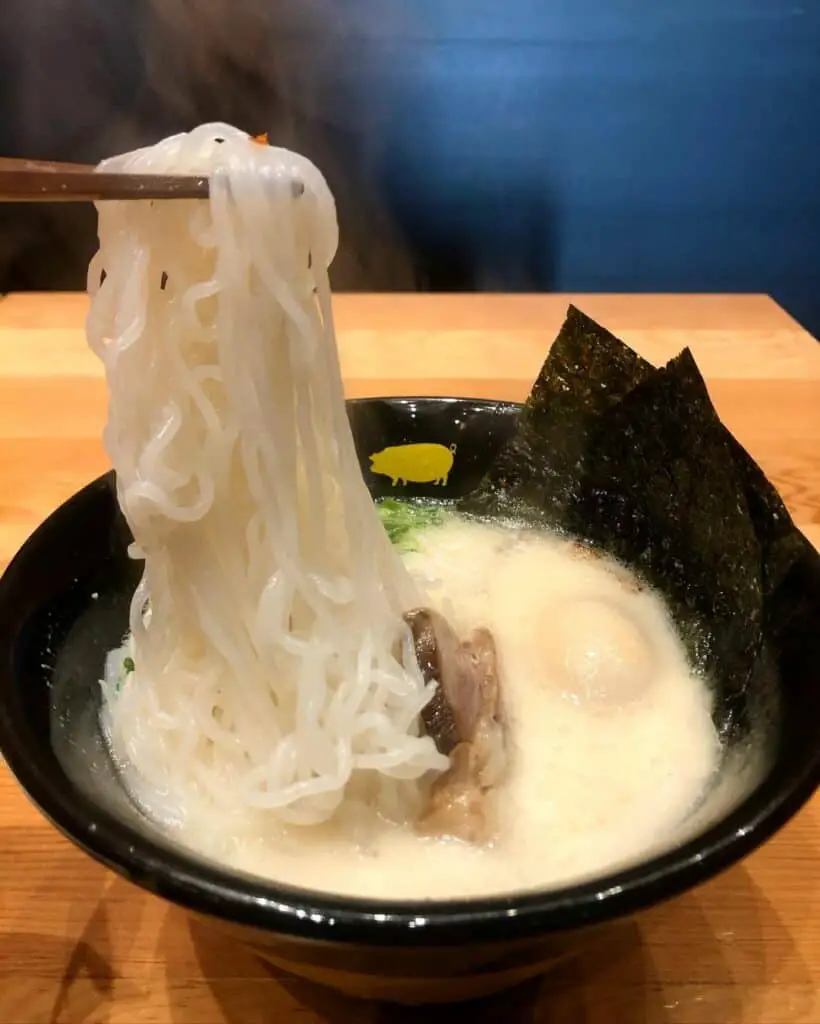
Shirataki noodles are made from glucomannan which is a type of fiber that comes from the root of the konjac plant. They are also sometimes called konjac noodles as well as miracle noodles. Konjac grows in China, Japan, and Southeast Asia.
These miracle noodles contain very few digestible carbs, and those that are digested come from glucomannan fiber. Shirataki noodles have a translucent appearance and are made up of 97% water. To increase the carb contain in some variations of these noodles, tofu is added which also brings the calorie content up.
Shirataki noodles can also be used as an excellent weight-loss tool. Glucomannan is a highly viscous fiber that helps to delay your stomach emptying. Meaning you stay full longer and eat less.
The obvious noodle of choice for someone on a keto diet is definitely not udon noodles. If you need to satiate a noodle craving then the best option remains shirataki noodles. You can eat an entire portion of them and not touch the edges of your carb limit.
Making shirataki noodles a great way to fill out a meal if you’re struggling on keto. You can use shirataki noodles as a replacement in any noodle dish. Such ramen, nabemono, or in a chow mein.
Are Udon Noodles Healthy For You?
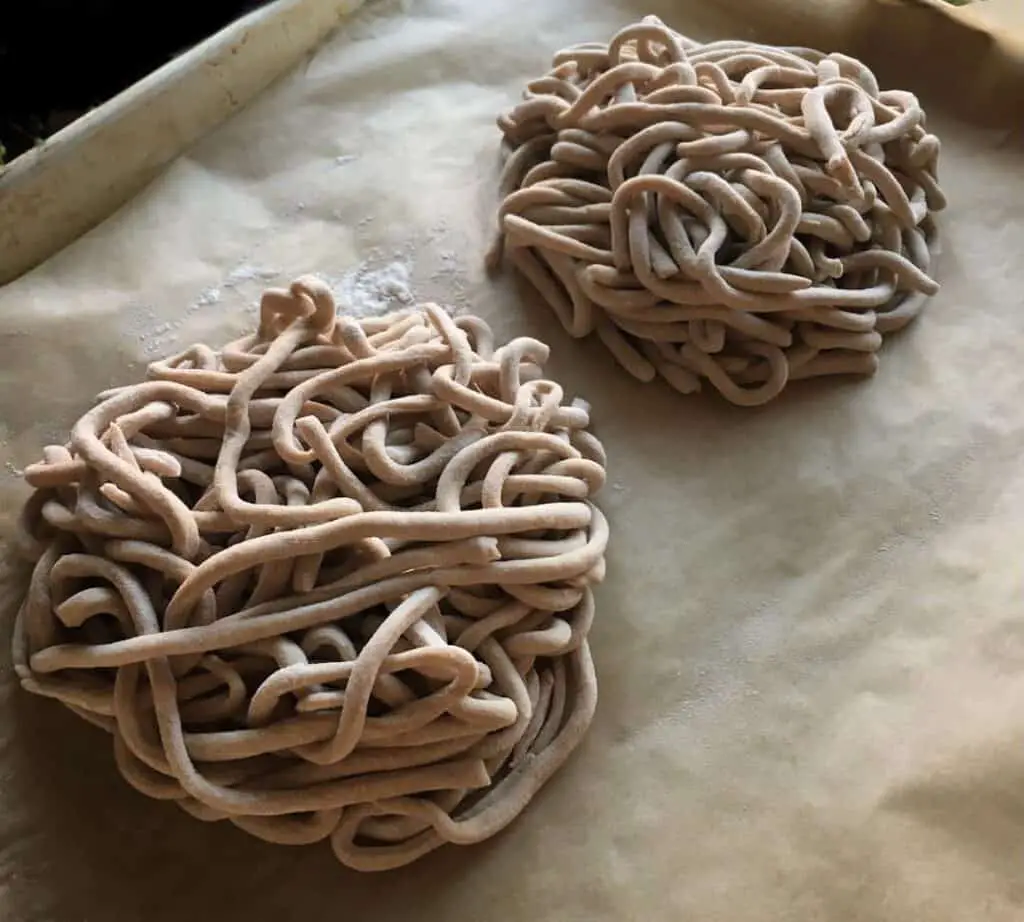
Just because they won’t suit someone on a keto diet, doesn’t mean udon noodles aren’t healthy. After all, carbs aren’t a bad thing. They slowly release energy to us throughout the day. Udon noodles are so tasty and perfectly suited to fill out meals.
The sad truth is that overall udon noodles aren’t that healthy of a choice. Despite how nice they taste, they’re not going to be the most nutritious addition to your meal. What kind of udon noodles you buy will also have an effect.
Fresh udon noodles will be healthier for you than the dried alternative, as the dried udon noodles will likely have higher levels of sodium. While we’re on the subject, you should just avoid dried udon noodles altogether.
Fresh udon noodles are still not all that nutritious. They’re made from wheat flour so they’re naturally low in fat and cholesterol. That’s a big tick in the plus column, but the kicker is that they don’t have much in the way of healthy nutrients. This means calcium, vitamin A and vitamin C are some of the key micronutrients missing from udon noodles.
When choosing your udon noodles, you should opt for the whole-wheat variety as they’re low in sodium. Udon noodles can serve as the base of your meal, being filled out with vegetables and healthy proteins like chicken.
What Other Japanese Dishes Can You Have On Keto?
Although we can’t enjoy udon noodles, there are still plenty of Japanese dishes that keto dieters can have. Whether you are looking for inspiration for what to cook at home or you’re dining out in Japan. There are some great Japanese dinner options.
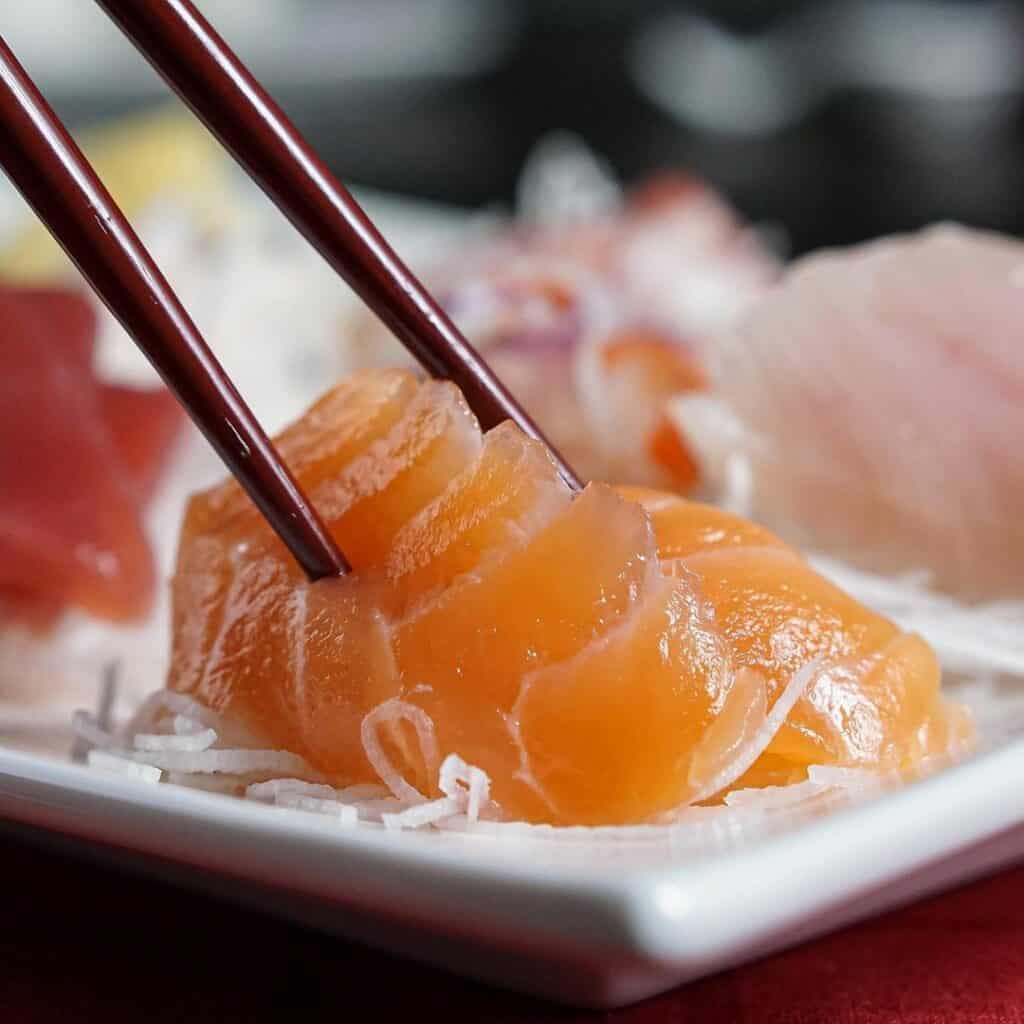
Let’s start with sashimi, a popular raw fish dish where the fish is cut into thin slices and dipped into wasabi or soy sauce. There’s also the protein-packed miso soup that’s a keto-friendly dish. Something to go along with that is edamame, vibrant green soybeans, usually dipped in soy sauce.
You might fancy trying some shabu-shabu (which literally translates into slurp slurp), which is a low carb dish. You and your family will gather to boil meat and vegetables in a large soup broth in the middle of your table. No need to add carbs here!
Yakitori is a high protein, low carb option. It’s the Japanese version of a shish kebab. Yakiniku is a Japanese indoor BBQ where you can have as much meat as you like! Be mindful of some of the dipping sauces though, they may contain sugar.
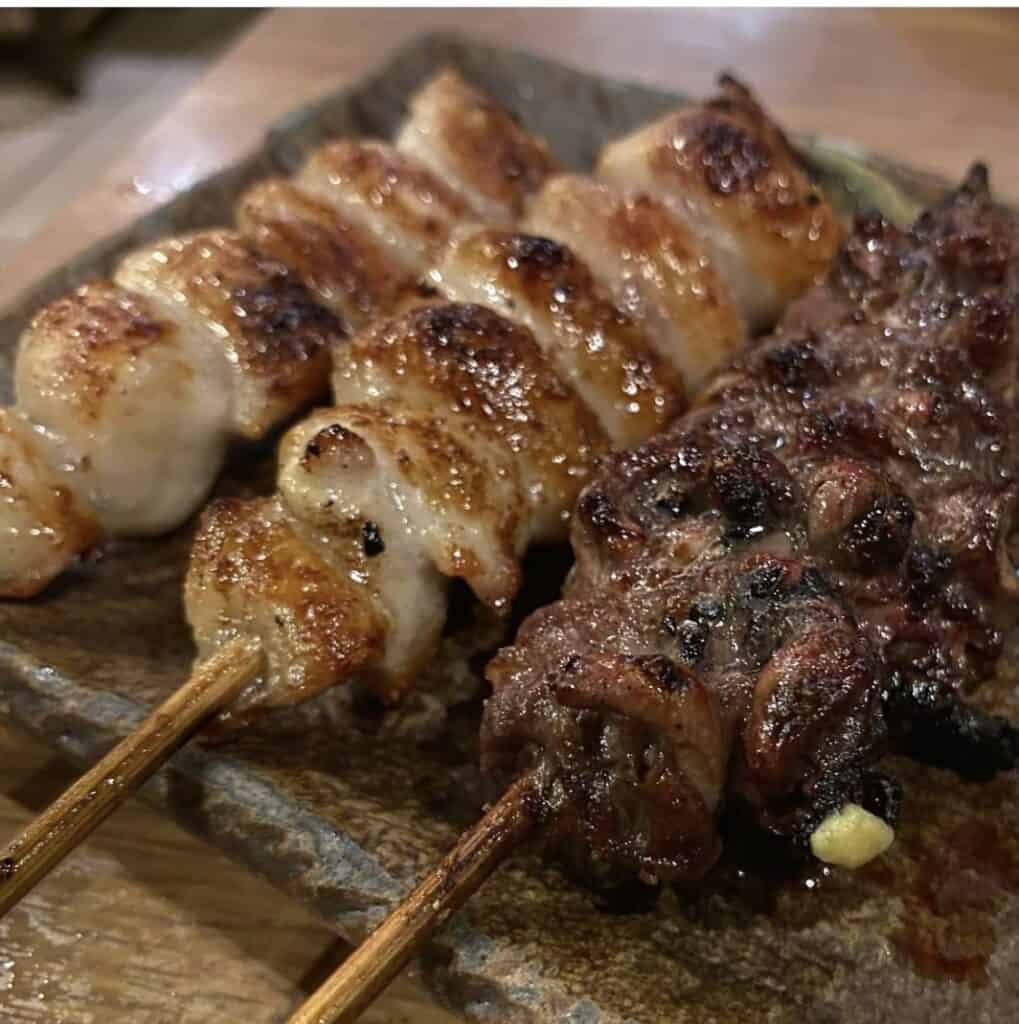
Eating out in Japan should be quite easy as someone observing a ketogenic diet. If you are ever unsure you can ask your server who will always be very happy to help. If you want something but would prefer a keto substitute, try asking for shirataki noodles or cauliflower rice.
Since you’re in Japan you should drink lots of green tea (and even if you’re not in Japan). It’s very cheap and it helps to stop hunger pangs. Also not eating carbs can lead to dehydration so it’s a good idea to be mindful about drinking enough fluids.
Is It Better to Buy Fresh or Dried Udon Noodles?
There’s actually quite a big difference between fresh and dry noodles. And while both have their merits, one is definitely better than the other. Particularly when we’re talking about Udon noodles.
If being healthy is the game, then when you start introducing udon noodles back into your diet, you want to pick up fresh or frozen packs. If you have the choice, you should never opt for the dry version when it comes to udon noodles. Unfortunately, this type of noodle does not taste as nice after it has been dried and then cooked.
Udon noodles are supposed to be quite thick and retain a lot of water (and with that the flavor of the broth) but if they’ve been dried they lose a lot of their water retention. Alongside that, they become a bit too chewy and become a bit of a chore to get through. Since udon noodles are perfectly suited to being frozen, you should opt for frozen udon noodles if you are worried about using them up in time.
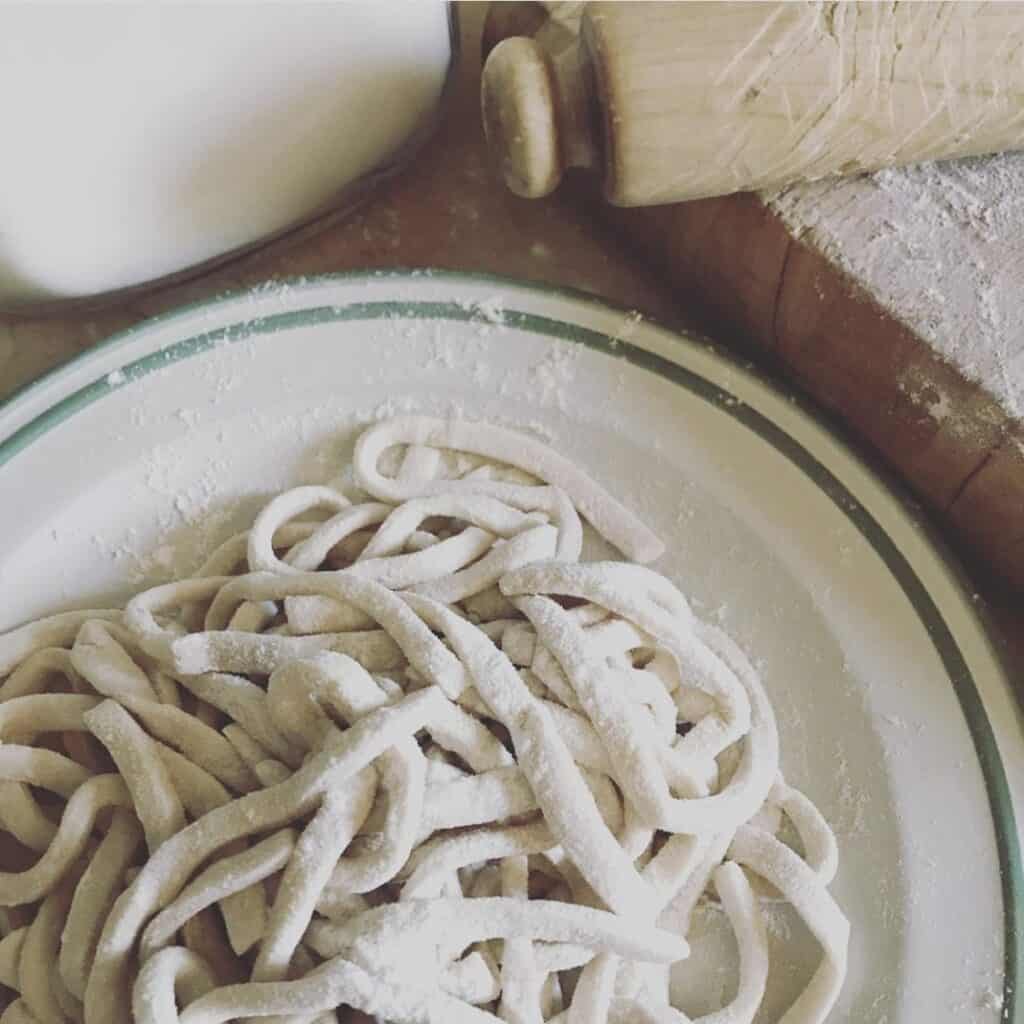
Because udon noodles retain their moisture, they survive really well during the freezing process. It’s very common for people to freeze their udon noodles as there’s not really any loss of flavor. They can keep for up to a month in the freezer so there’s plenty of time to use them up. After that they might suffer from freezer burn.
If you buy fresh udon noodles, that would be the most ideal, or perhaps you even make them yourself. Fresh udon noodles will taste the best and they can be prepared very quickly. The difference between dry and fresh udon noodles is like night and day.
While many noodles are perfectly fine dried, it’s just not true of udon noodles. Although dried udon noodles do exist, they’re a far cry from what udon noodles should be.
Where to Find Keto-Friendly Noodles
If you’re bummed out about not being able to carry on eating udon noodles, then you must be asking yourself where you can find shirataki noodles. Thankfully these miracle noodles have gained some popularity. They have become easier to find outside of Japan.
You should be able to find shirataki noodles in health food shops. They can now also be found in Walmarts across America. If you’re still struggling to find them at locations near you, then they can also be purchased online through independent retailers and Amazon.
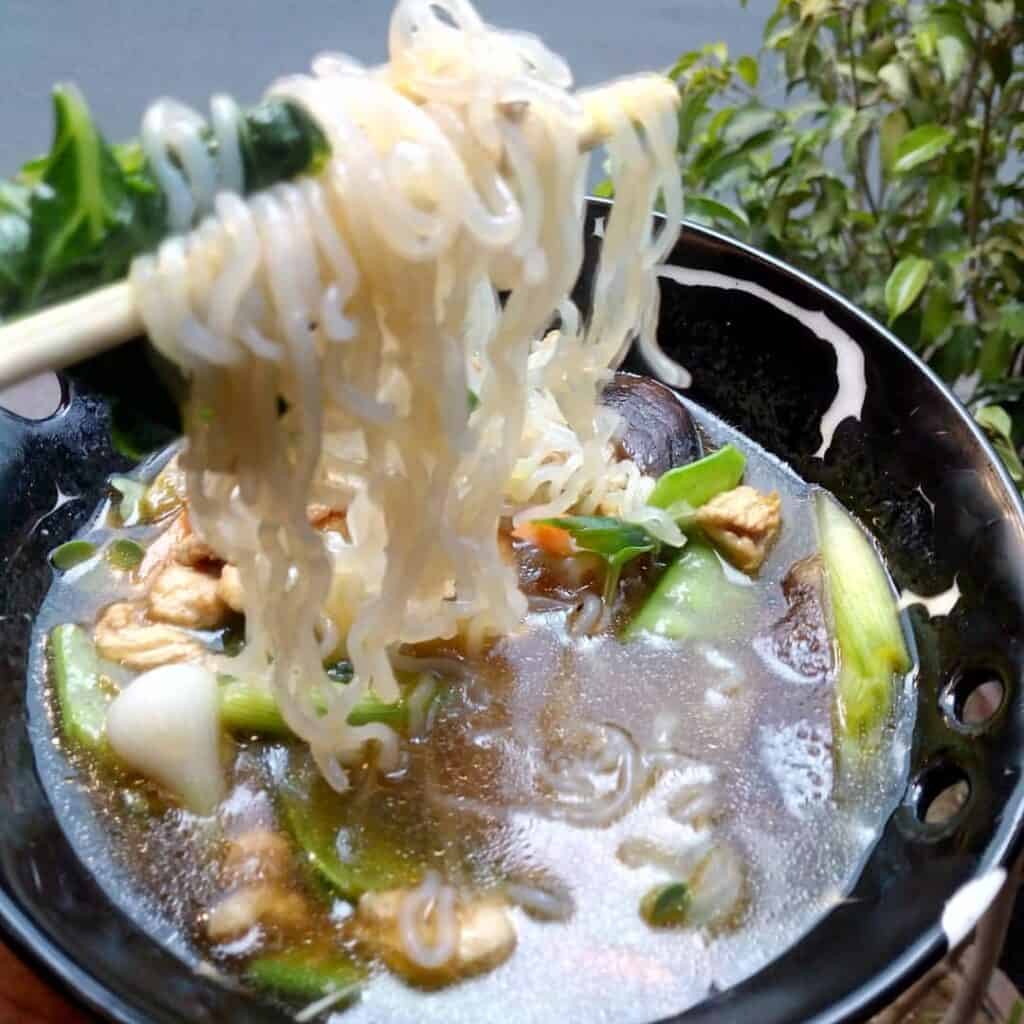
Shirataki noodles are also commonplace in restaurants throughout Japan. Should you wish to swap the noodles on your dish then you can ask your waitress. There should be no issues swapping out your udon noodles for shirataki noodles, providing the restaurant has them in stock.
Shirataki noodles are quite different from udon noodles so don’t be expecting something as thick and chewy. While they certainly are miracle noodles because of the zero-calorie content, unfortunately, they cannot mimic the integrity of udon noodles.
Where udon noodles are noticeably thick, shirataki noodles are much thinner. Udon noodles themselves have a mild flavor accompanying it’s doughy-like texture. Shirataki on the other hand has no real flavor at all, however, it does absorb the flavors of the broth it is cooked in.
You will need to adjust your cooking time if you are swapping out udon noodles for shirataki. Since shirataki noodles are much thinner than udon noodles, they will need less time to cook. Shirataki noodles can also be bought prepared and tossed straight into a cold noodle salad.
It’s well worth giving shirataki noodles a try. After all, they fit in with the keto diet. They also have virtually zero calories, so you can get your noodle fix without any guilt whatsoever.
Conclusion
Sadly for those of us who are undertaking a ketogenic diet, udon noodles are one of the many things that can’t be taken with us. Although the good news is that the diet is only temporary and once you have reached nutritional ketosis you’ll be able to reintroduce carbs. Udon noodles might not be the best carb to reintroduce first as it’s very heavy, but you can work back up to it!
There’s always a chance that you could develop a fondness for shirataki noodles. Perhaps they could end up replacing all the other kinds of noodles. After all, shirataki is so guilt-free, at zero calories and 6g of carb you can eat as much as you like.
When compared to udon noodles, shirataki noodles are much better for you. Although neither noodle has all that much nutritional value, shirataki noodles have the bonus of no calories. They can also aid with weight loss if that is your ultimate goal with achieving ketosis.
Whatever your reason for getting started with a keto diet, there’s plenty of tasty Japanese recipes that you can try. Just swap out the udon noodles (or all other noodles) for shirataki noodles and you’ll get within reach of ketosis in no time.
